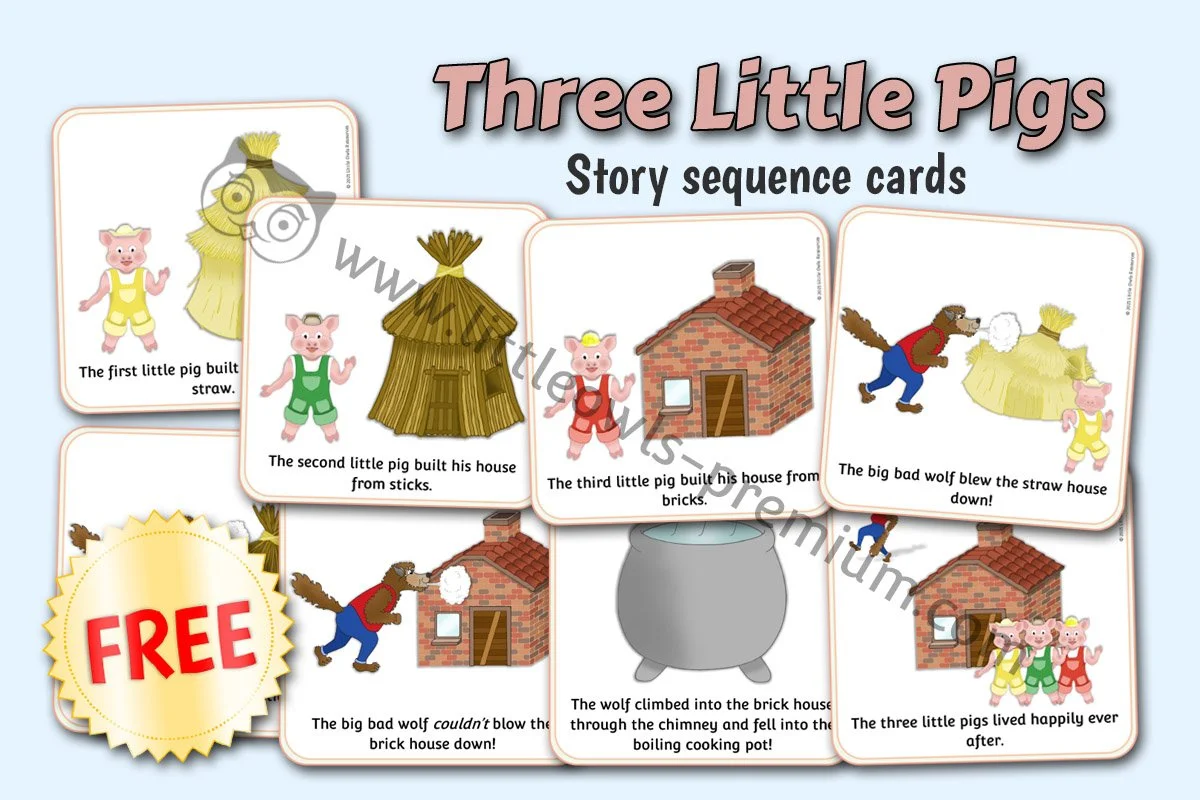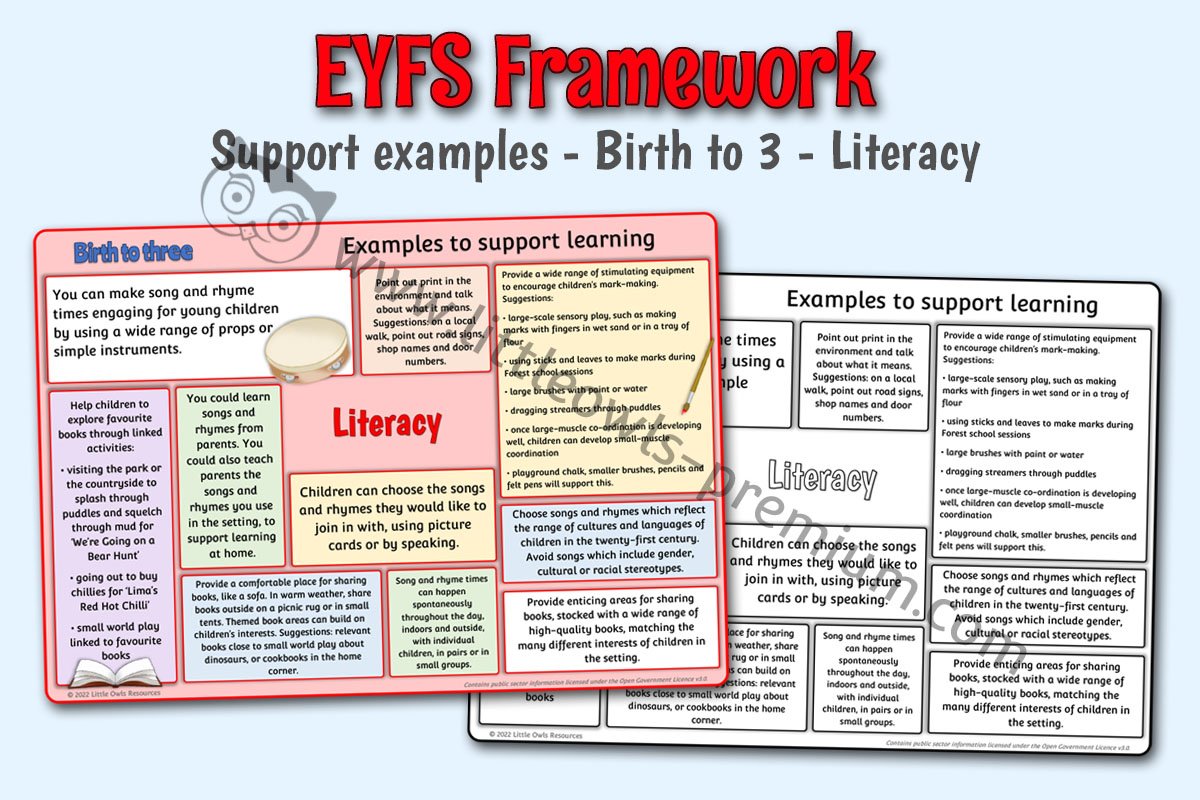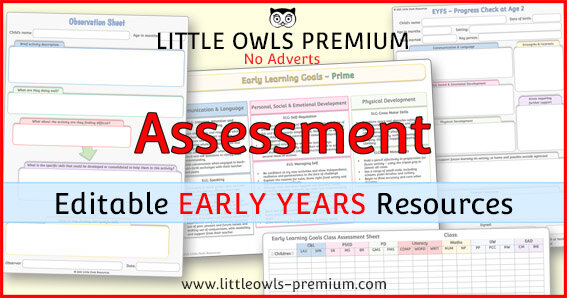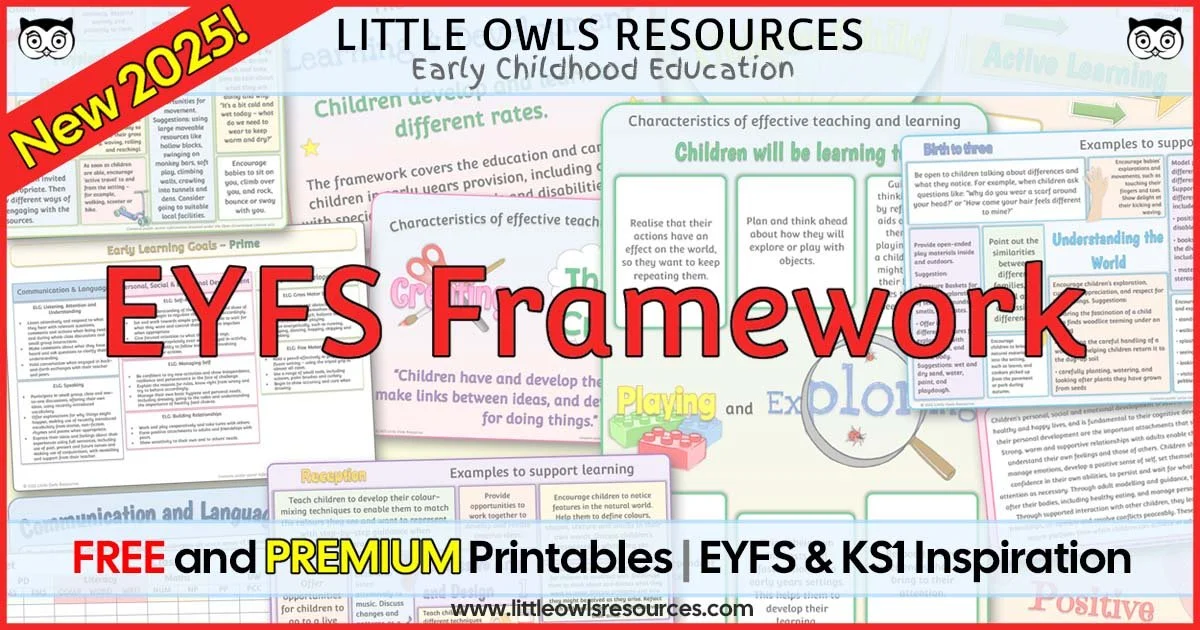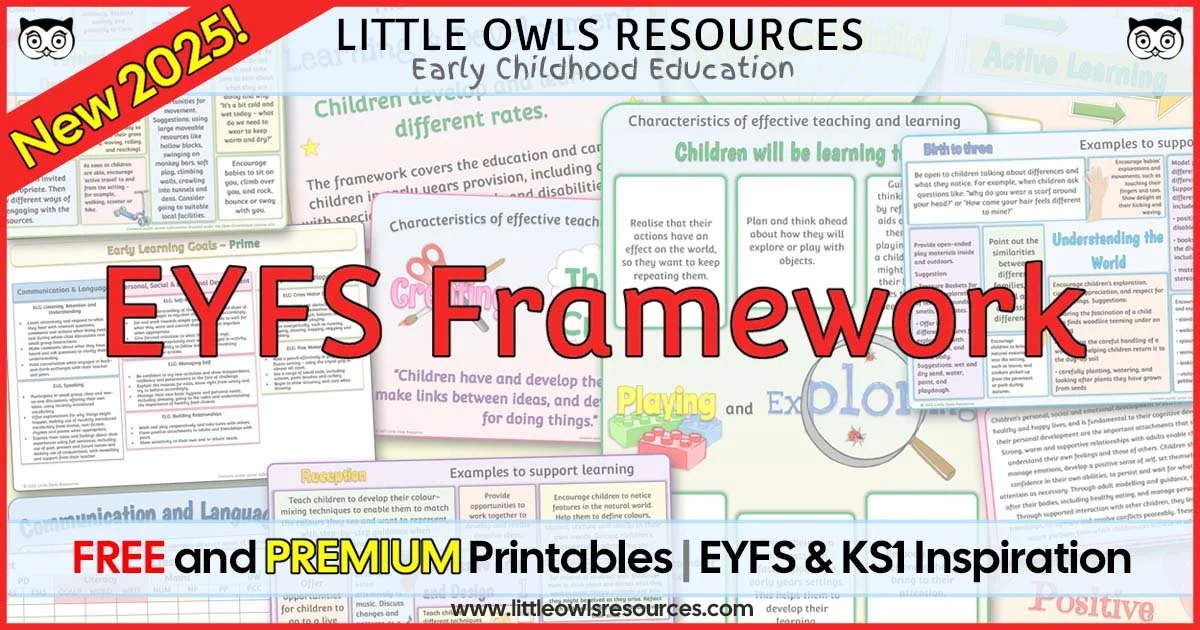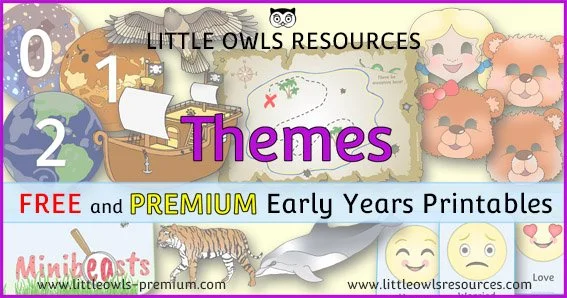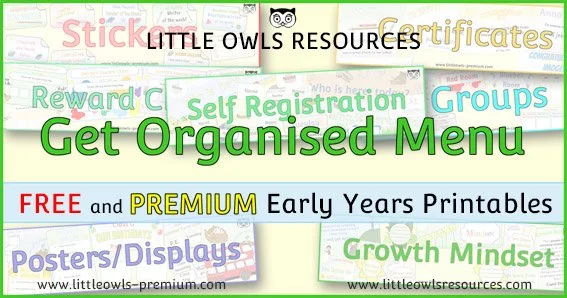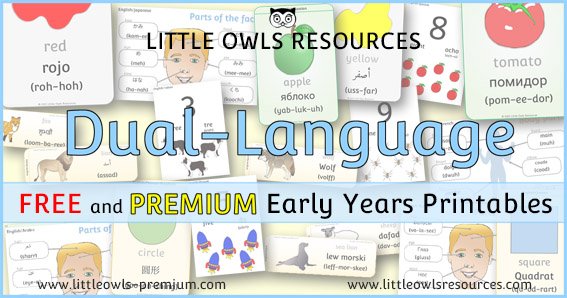<<-BACK TO ‘AREAS OF LEARNING’ MENU
Literacy - EYFS/Early Years activities, displays and ideas
SECTIONS ON THIS PAGE:
Free sample ‘Literacy’ resources
What do we mean by ‘Literacy’?
Examples of how to support ‘Literacy’ learning and development
Birth to 3
3 and 4 Year Olds
Reception
Search our ‘Literacy’ resources by…
Keywords and phrases
Topic
Related special dates - International Literacy Day (Scroll down to find out more)
If you are not a member already, become a ‘Free Access’ member here. This will give you access to resources within the ‘Free Sample Resources’ sections at the top of most pages and ‘Special Dates Calendars’. Some whole topics are even free! Find out more about all of our membership options here. If you are already a member… thank-you! x
FREE ‘Literacy’ Printable REsources | Early Years
(Click on the images below to find out more)
Please note that both editable (docx file) and non-editable (pdf file) versions are available for the vast majority of resources on this website.(Editable files require Microsoft Word to work at optimum level and Non-Editable files require a pdf viewer.)
WHAT DO WE MEAN BY ‘Literacy’?
“It is crucial for children to develop a life-long love of reading. Reading consists of two dimensions: language comprehension and word reading. Language comprehension (necessary for both reading and writing) starts from birth. It only develops when adults talk with children about the world around them and the books (stories and non-fiction) they read with them, and enjoy rhymes, poems and songs together. Skilled word reading, taught later, involves both the speedy working out of the pronunciation of unfamiliar printed words (decoding) and the speedy recognition of familiar printed words. Writing involves transcription (spelling and handwriting) and composition (articulating ideas and structuring them in speech, before writing)” Development Matters, July 2021
EXAMPLES OF HOW TO SUPPORT ‘Literacy’ LEARNING AND DEVELOPMENT
Extracted from Development Matters; non-statutory curriculum guidance for the early years foundation stage, revised July 2021. Includes colour and black and white versions.
Files contain public sector information licensed under the Open Government Licence v3.0.
When considering the support you provide for the learning and development of ‘Literacy’ within your setting, you may find resources on the following pages useful…
Search our ‘Literacy’ Resources by…
KEY WORDS & PHRASES:
Segment & Blend Words
Own Name - Recognition & Writing
(Any text without a link indicates that we are working on this area.)
TOPIC:
Related Special Dates
International Literacy Day
International Literacy Day is celebrated annually on September 8th. Proclaimed by UNESCO (the United Nations Educational, Scientific and Cultural Organisation) in 1966, this day highlights the importance of literacy as a matter of dignity and human rights, and to advance the literacy agenda towards a more literate and sustainable society. Each year, it focuses on a specific theme, often related to the evolving nature of literacy in the digital age or its role in specific global challenges.
The main educational thrust of International Literacy Day, particularly for EYFS and KS1 children, is to celebrate the power and joy of reading and writing, and to help children understand that literacy is a fundamental skill that opens up a world of possibilities. It fosters an early appreciation for words, stories, and communication, encouraging children to see themselves as readers and writers, and to recognise that not everyone around the world has the same access to literacy education. It subtly introduces the concept of global responsibility and empathy for others.
Activities for EYFS and KS1 Practitioners and Parents:
Here are some engaging and age-appropriate activities to celebrate International Literacy Day and promote literacy skills with young children:
Storytelling from Around the World: Read books or tell stories that originate from different countries and cultures. Use a globe or map to show children where the stories come from. This broadens their understanding of diverse narratives and global literacy.
"Write a Postcard to the World": Provide blank postcards and encourage children to draw a picture and "write" a simple message (using emergent writing, scribbles, or dictated words) about something they love about reading or their local area. Discuss how people in different parts of the world communicate.
Shared Reading Marathon: Dedicate time throughout the day for shared reading. Let children pick books they enjoy. For EYFS, focus on picture books and interactive reading. For KS1, encourage them to read aloud independently or with a partner.
Create Your Own Book: Provide blank paper (folded and stapled to make a booklet) and encourage children to draw pictures and "write" their own stories. They can dictate their story to an adult to write down, or use emergent writing. This empowers them as creators of literature.
"Words Around Us" Scavenger Hunt: Go on a "word hunt" in your environment (classroom, home, local park). Look for words on signs, labels, books, etc. For younger children, focus on letters or familiar words. For KS1, challenge them to find specific sight words or words starting with certain letters.
Alphabet/Letter Play: Engage in playful activities focused on letters. Use magnetic letters, alphabet puzzles, letter stamps, or play dough to form letters. Sing alphabet songs.
"What Can You Learn from a Book?" Discussion: Have a simple discussion about all the things we can learn from books: about animals, space, other countries, feelings, how to build things, etc. This helps children see the practical value of literacy.
"Author and Illustrator Spotlights": Choose a diverse author or illustrator (perhaps one from a different country) and explore several of their books. Discuss their role in creating stories.
Listen to Audiobooks/Podcasts for Kids: Introduce children to the joy of listening to stories. This is great for developing listening comprehension and imagination. Many libraries offer free access to audiobooks.
Create a "Reading Tree": Draw or cut out a large tree trunk. Each time a child reads a book (or has one read to them), they can add a "leaf" with their name or the book's title to the tree, showing how their reading grows.
Official International Literacy Day Website: For more information, this year's theme, and free resources (including educational materials and the global message), please visit the official UNESCO website: www.unesco.org/en/days/literacy-day
MORE WAYS TO SEARCH ON LITTLE OWLS - PREMIUM…
(Select the buttons below to visit our menu pages)
This page contains public sector information licensed under the Open Government Licence v3.0.















